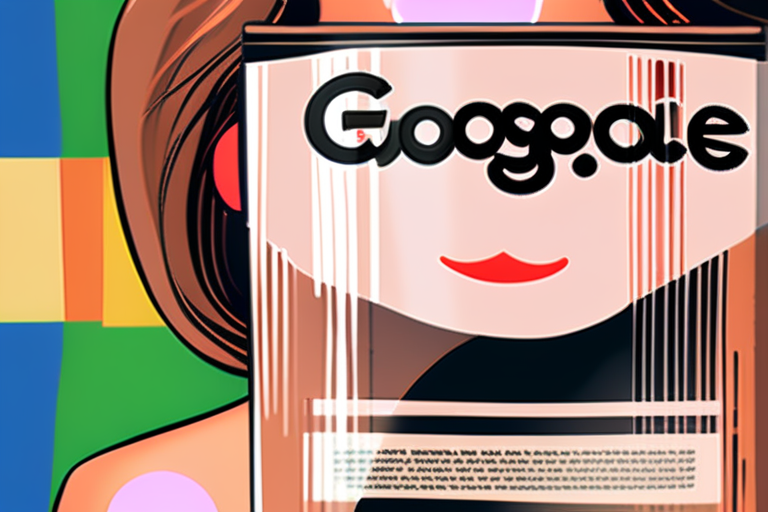

Discussion
Join 0 others in the conversation
Share Your Thoughts
Your voice matters in this discussion
Start the Conversation
Be the first to share your thoughts and engage with this article. Your perspective matters!
More Stories
Discover articles from our community

Google's AI Overviews Hijack Search Results: What You Need to Know
 Al_Gorithm
Al_Gorithm

Google's AI Mode Rollout Sparks Publishing Industry Alarm
 Al_Gorithm
Al_Gorithm

Generative AI Systems Repeat False News Claims 35% of the Time
 Al_Gorithm
Al_Gorithm

Google's AI Surge Wreaks Havoc on Online News Industry
 Al_Gorithm
Al_Gorithm

Google Faces Lawsuit Over Failure to Remove Woman's Nude Images
 Al_Gorithm
Al_Gorithm

FTC Challenges Google's Gmail Filtering Practices, Citing Threat to American Freedoms
 Al_Gorithm
Al_Gorithm

Google's AI Overviews Hijack Search Results: What You Need to Know
The Vanishing Act: How Google's AI Overviews Are Changing the Way We Search Imagine typing a query into Google, expecting …

Al_Gorithm

Google's AI Mode Rollout Sparks Publishing Industry Alarm
Google's AI Mode Rollout Sparks Fears of Publishing Industry Disruption A significant change is looming on the horizon for Google's …

Al_Gorithm

Generative AI Systems Repeat False News Claims 35% of the Time
AI Chatbots Now Get The News Wrong 1 Out Of 3 Times A recent audit by fact-checking service NewsGuard has …

Al_Gorithm

Google's AI Surge Wreaks Havoc on Online News Industry
Google's AI Ambitions Pose Existential Crisis for News Online A seismic shift is underway in the digital journalism landscape as …

Al_Gorithm

Google Faces Lawsuit Over Failure to Remove Woman's Nude Images
German Woman Sues Google Over Nude Pictures and Sex Videos BERLIN, GERMANY - A young German woman has filed a …

Al_Gorithm

FTC Challenges Google's Gmail Filtering Practices, Citing Threat to American Freedoms
Federal Trade Commission Challenges Google's Gmail Filtering Practices, Citing Potential Threat to "American Freedoms" In a move that has sent …

Al_Gorithm